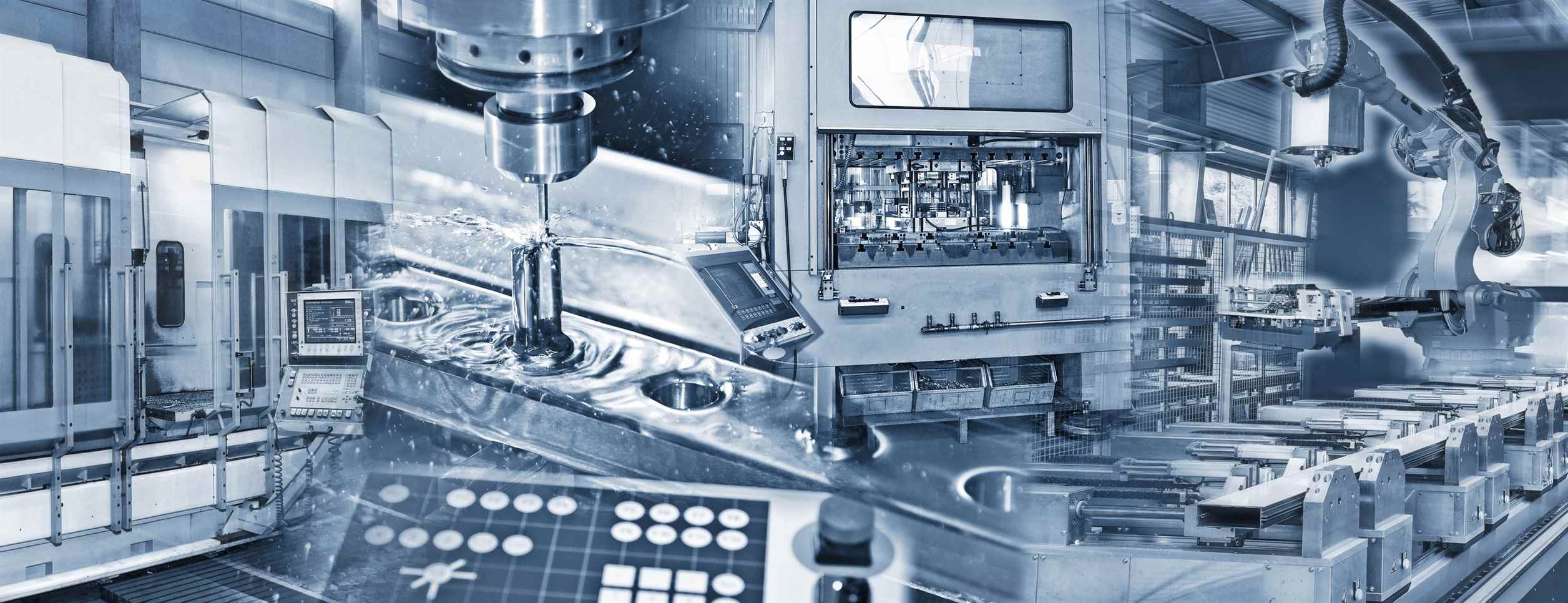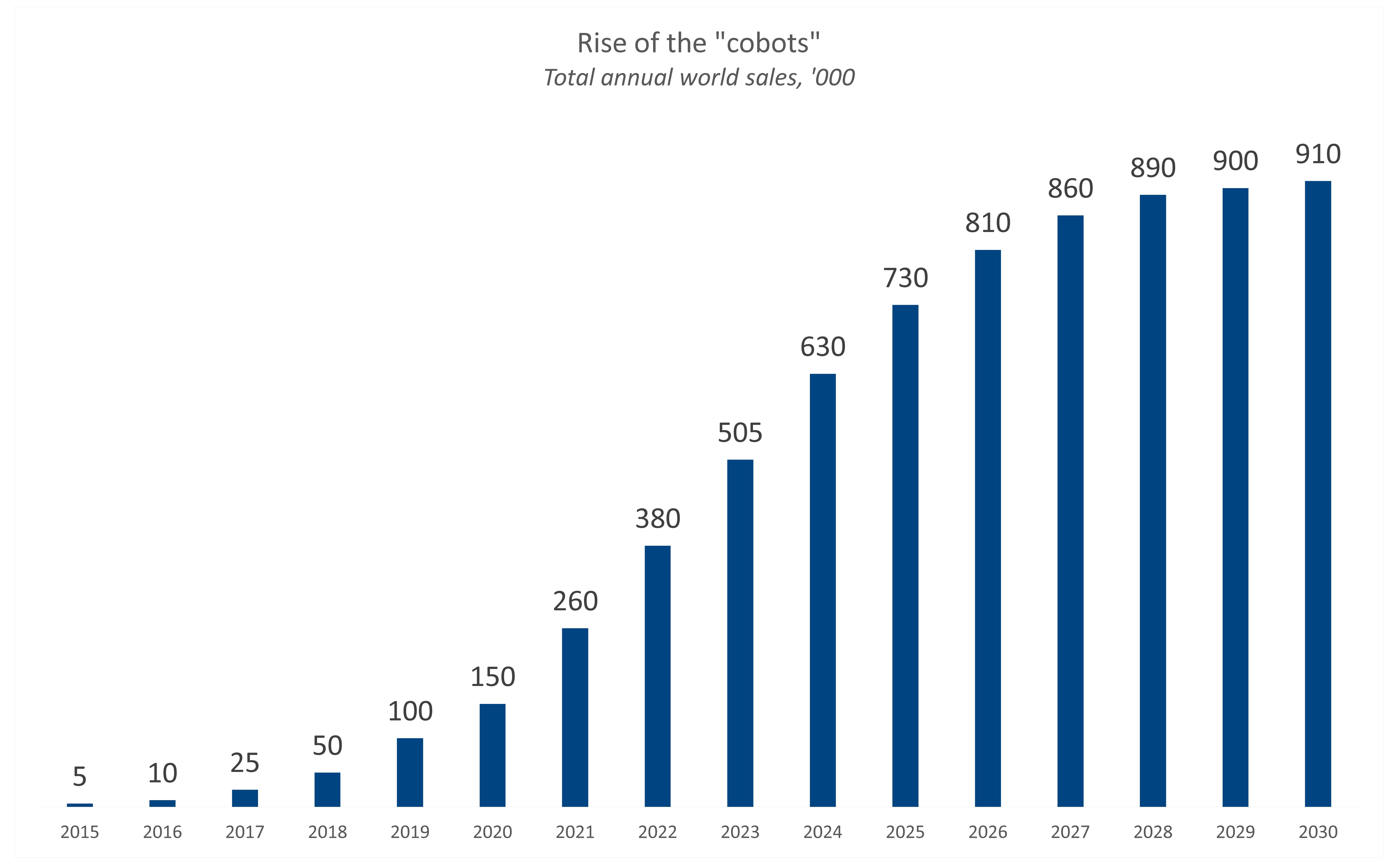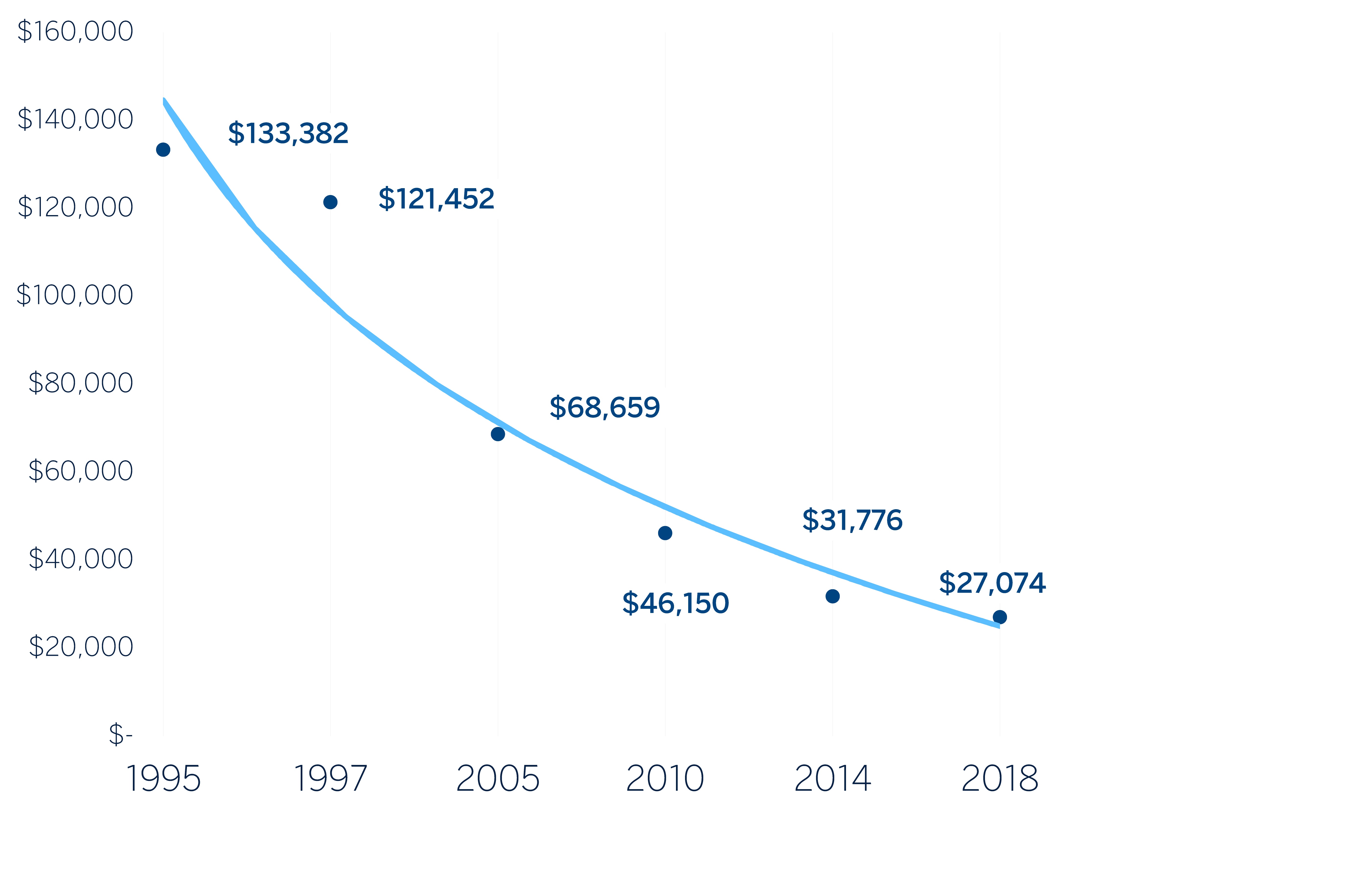Humans and robots increase business productivity when they work together


Is technology a profitable investment?
The digital population growth is a condition that will define the world, not only in business, but in politics and investment. The changes in the generations and the access that each of these had to technology defines the financial scenario and the form that the growth dynamics will take on a global level.
The Oxford English Dictionary defines robotics as ‘the branch of technology that deals with the design, construction, operation, and application of robots‘, usually in place of people at industrial plants. However, there is evidence to suggest that in certain cases greater business productivity is achieved when robots are programmed to work in tandem with humans, rather than replacing them.
And, as we’ll see later, robotics also has applications for our lives outside the workplace.
This tendency to create robots that work collaboratively with humans is relatively new because it has taken significant advances to reach this point. The first and most important one concerns safety. Ensuring the coexistence of humans and robots in the same workplace is crucial, as well as being the costliest aspect of this collaborative process.
Another factor that has impacted this process has been the progress achieved in machine learning models and nanorobotics. Machine learning technology enables robots to interact with humans in real-time in a logical and efficient manner, without the constant need for re-programming. Meanwhile, nanorobotics makes it possible to create robot sensors, motors and other components that take up far less space in the factory.
One way to illustrate this ‘cobot‘ phenomenon is through the graph below, which shows the number of ‘cobots’ sold worldwide in recent years and the number projected up to the year 2030.

Another benefit of this tendency is that it frees humans from work such as moving chemicals or heavy materials. Plus, as robotics technology gradually becomes cheaper, smaller companies will be able to afford it.

As we mentioned in the introduction, robotics is also having a tremendous impact in other areas far removed from the business world, such as improving life quality and early education for children.
An example of the first case is the Japanese robot ‘RoboCoach’, which encourages physical exercise for the elderly. The initiative was launched by the Japanese government to address demographics issues and improve the life quality of the country’s senior citizens.
In terms of the benefits of education, robotics technology is encouraging young people to learn other skills and prepare for a digital future.
Related news
-

What benefits does artificial intelligence have for the investor?
Artificial Intelligence is making strides as a disruptive element in many areas of our daily lives, or at least, as a tool that simplifies and improves many of our habitual processes. We analyze what benefits this impressive technology has for the investor.
-

Artificial intelligence: what is and how we face it
We speak of “Artificial Intelligence” (AI) when we refer to those machines or devices that are equipped with an intelligence similar to that of human beings. This term was used for the first time by the computer expert John McCarthy in 1956 and, despite the earliness of the announcement and the time that has passed, it is still not very common to find in our current environment.















